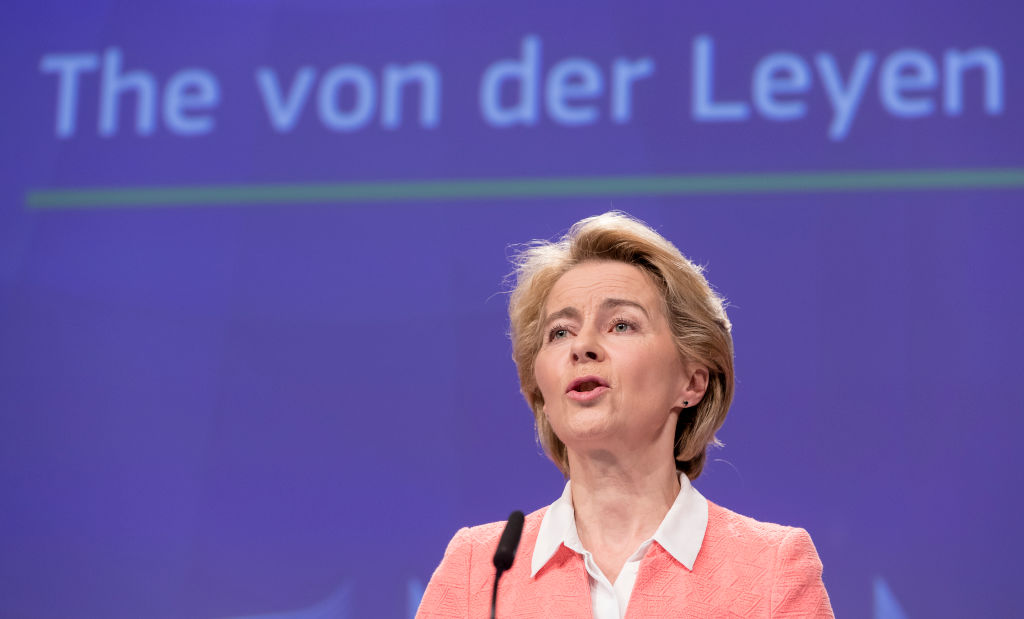“Funded by the European Union” signs dotted around the EU should clarify that the cash ultimately came from the bloc’s citizens, according to one MEP.
It comes after European Commission President Ursula von der Leyen admitted that the EU employs the signage as a PR tool.
In a question, German Free Democratic Party MEP Moritz Körner pointed out that similar notices in the United States make clear funding originated from US citizens.
“When the US Government funds projects abroad, the signs posted beside the projects read ‘US AID FROM THE AMERICAN PEOPLE’,” he wrote. He suggested EU signs should read “Funded by the citizens of the European Union” instead.
In response, President von der Leyen said that the EC would “evaluate the effectiveness” of the idea as part of preparations for the EU’s long-term post-2027 budget, emphasising that “communication about projects financed through the EU budget and programmes must reflect the origin of their funding source”.
She said that the purpose of the current signs was to improve public perception of the EU, both internally and abroad.
“The communication and visibility of the benefits of EU investment, including through the display of the European emblem and the funding statement, is designed to strengthen the collective perception and ownership by EU citizens, and the transparency of EU funding instruments,” she wrote.
“The Commission also attaches particular attention to using direct communication channels and messages that can resonate more personally and emotionally with citizens, both inside the EU and beyond, and enable closer identification with EU values and policies.”
Such a policy appears to have proven effective, with EU-backed public opinion surveys reportedly showing “that the EU emblem is perceived as a positive symbol, with which EU citizens identify themselves”.
Speaking to Brussels Signal, Körner appeared to be satisfied by the response, describing von der Leyen’s statement as “careful support for the idea of renaming the signs”.
“The change would be positive. It would make the connection between EU programmes and the citizens who finance them more visible and, as a result, increase citizens’ identification with the EU programmes,” he added.
“In the long run, this could help strengthen the sense of community and solidarity among citizens across the Member States.”
The fact that von der Leyen has admitted that the signs are used to boost the perception of Brussels is not, however, likely to go down well with some of the more Right-leaning parties within the EU.
Politicians from wealthier nations in the bloc have expressed frustration regarding the contributions their countries have to make to the EU’s budget. European subsidies marked by the iconic blue signs are eclipsed by EU contributions in Germany, France and the Netherlands.
Similarly contributions paid by the UK were cited by many Brexiteers in the run-up to the country’s referendum on leaving the EU.





